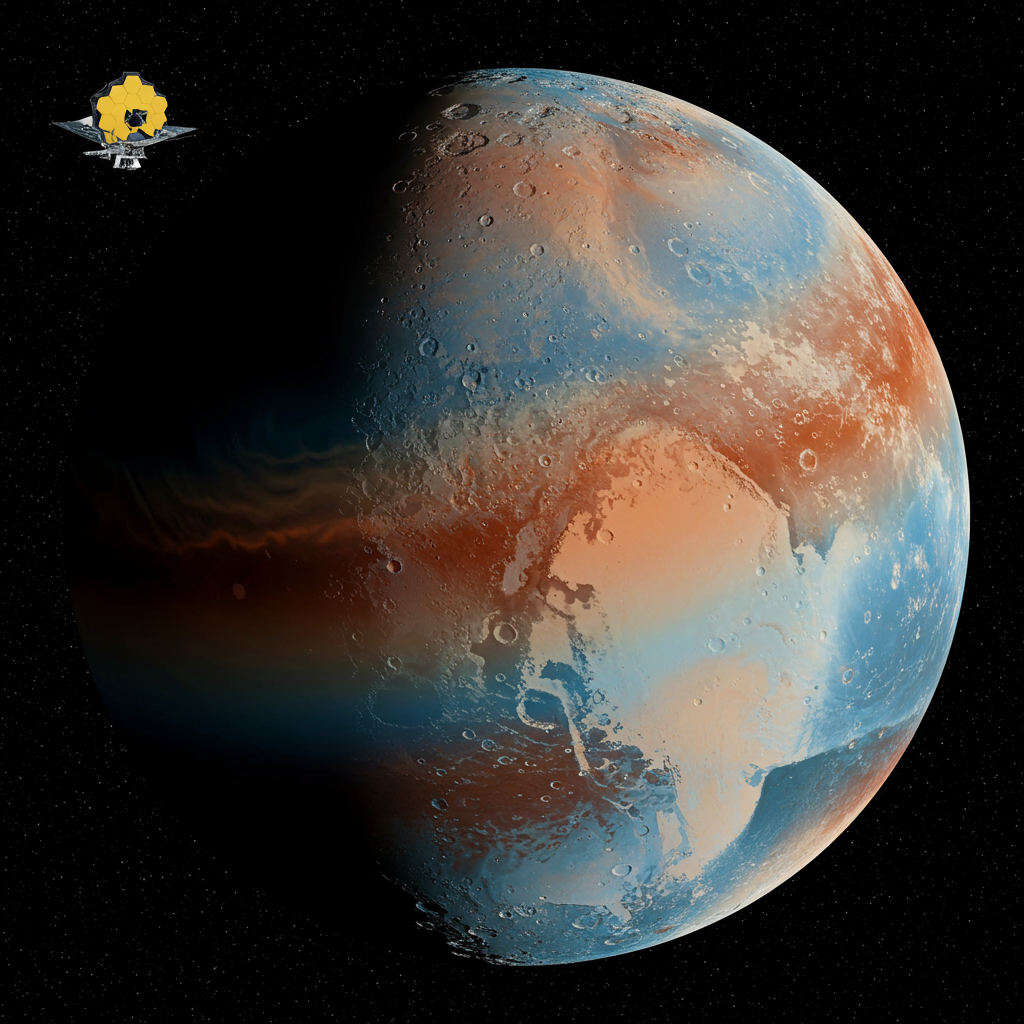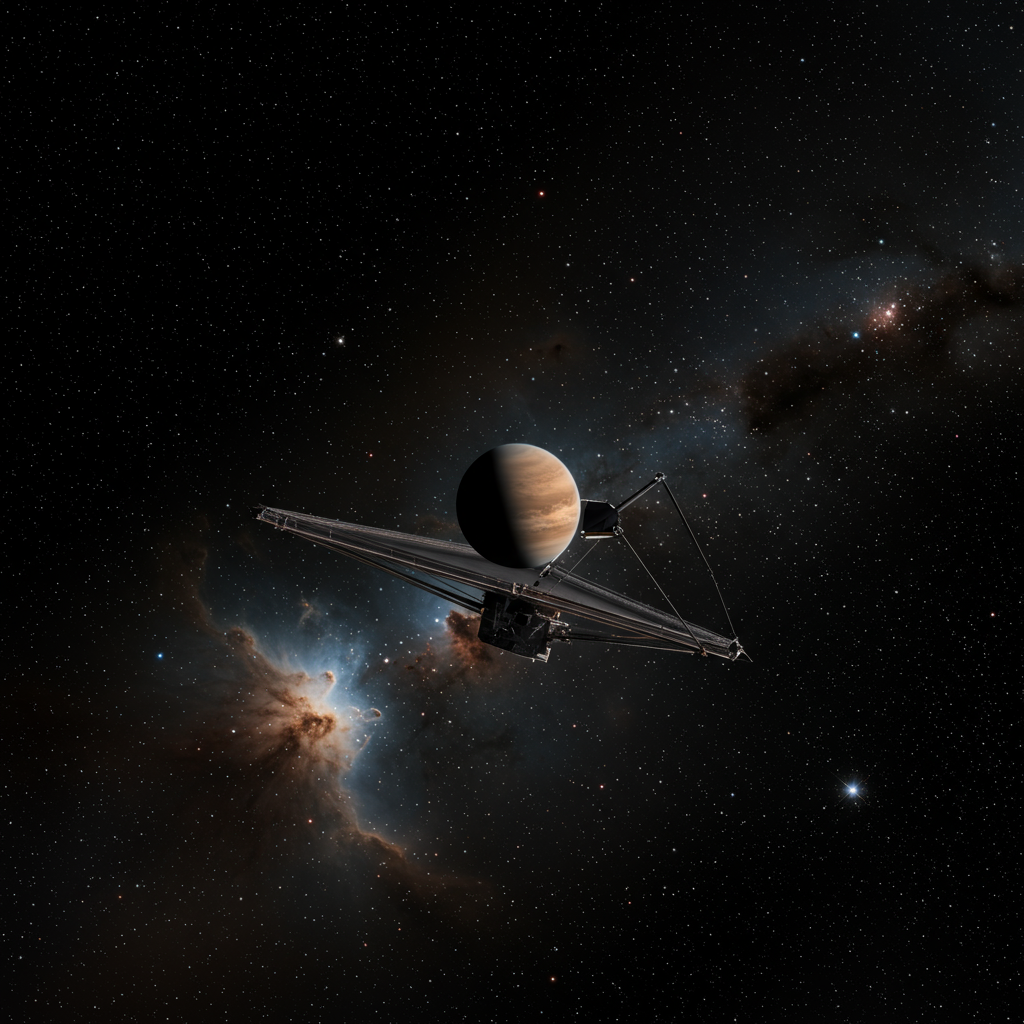Pluto continues to surprise astronomers, proving itself to be far more dynamic than once thought. New data from the powerful James Webb Space Telescope (JWST) is lifting the veil on the dwarf planet’s atmosphere, revealing a climate mechanism unlike anything else observed in our solar system.
While NASA’s New Horizons mission in 2015 shattered the image of Pluto as a dormant ice ball, showcasing icy plains, mountains, and a prominent blue haze reaching incredible heights (over 185 miles or 300 kilometers), the true impact of that haze on Pluto’s climate remained a mystery. Now, JWST data confirms this colorful atmospheric layer isn’t just a visual feature – it’s the key driver of Pluto’s unique climate.
A New Kind of Climate Revealed
Astronomers utilizing JWST’s advanced infrared instruments have confirmed a theory first proposed in 2017: Pluto’s high-altitude haze fundamentally controls its temperature. Tanguy Bertrand, an astronomer at the Paris Observatory who led the recent analysis published in the journal Nature Astronomy, described the finding as “unique in the solar system… It’s a new kind of climate, let’s say.”
The haze itself is composed of complex organic molecules. These form when sunlight interacts with methane and nitrogen present in Pluto’s thin atmosphere. The 2017 hypothesis suggested these haze particles absorb sunlight during the day and then radiate that energy back into space as infrared light at night. This process, the models predicted, would cool the atmosphere much more efficiently than atmospheric gases alone, explaining why Pluto’s upper atmosphere is a frigid -333 degrees Fahrenheit (-203 degrees Celsius) – roughly 30 degrees colder than expected.
Overcoming Challenges with JWST
Testing this theory wasn’t easy. For years, observations were hampered by the close proximity of Charon, Pluto’s large moon. Charon’s thermal signals often blended with Pluto’s in telescope data, making it difficult to isolate the faint infrared glow specifically coming from Pluto’s haze.
The 2017 team, led by planetary scientist Xi Zhang of the University of California, Santa Cruz, predicted that Pluto’s haze would cause the dwarf planet to appear unusually bright in specific mid-infrared wavelengths. This prediction could only be tested with future, more capable instruments.
That opportunity arrived in 2022 with JWST. Its exceptional infrared sensitivity and spatial resolution allowed astronomers to finally separate the signals from Pluto and Charon. The JWST observations precisely matched the 2017 prediction, showing the faint infrared glow from Pluto’s haze. Zhang expressed excitement at the rapid confirmation, noting that it’s “not common to have a hypothesis confirmed so quickly.”
Broader Implications for Hazy Worlds and Early Earth
This discovery on Pluto has significant implications beyond the distant dwarf planet. Scientists suggest that similar haze-driven climate dynamics could be at play on other worlds in our solar system also shrouded in thick atmospheres, such as Saturn’s largest moon Titan or Neptune’s moon Triton.
Furthermore, understanding Pluto’s haze could offer clues about Earth’s distant past. Researchers hypothesize that before oxygen became prevalent in our atmosphere, early Earth might have been veiled in a similar haze of organic particles. This ancient haze layer could potentially have played a role in stabilizing temperatures and creating conditions favorable for the emergence of early life. Studying Pluto’s unique atmospheric chemistry and climate, therefore, provides a valuable natural laboratory to understand atmospheric processes on other hazy bodies and potentially shed light on the history of our own planet’s atmosphere and its journey towards habitability.




